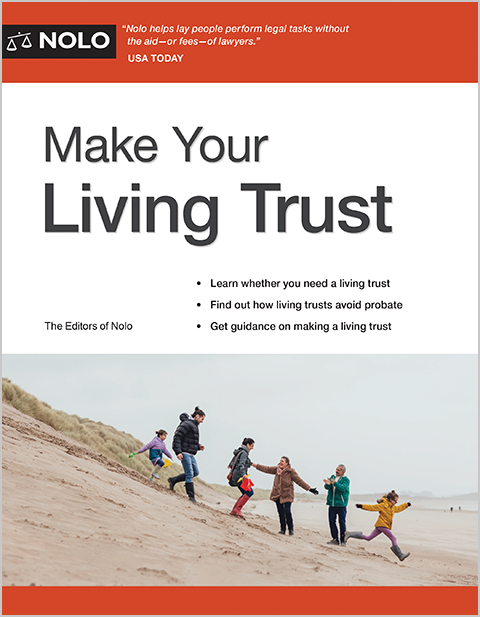Save time and money by using probate shortcuts when you wrap up an estate in Minnesota.
The probate process can be long and drawn out, costing your survivors time as well as money. Fortunately, Minnesota offers two probate shortcuts for "small estates." If the property you leave behind at your death is below a certain amount, Minnesota allows the property to be transferred more quickly and with less hassle. In other words, if your estate qualifies as "small," your loved ones might be able to use simplified probate procedures, or even skip probate entirely.
Collecting Property With a Small Estate Affidavit
Minnesota offers a procedure that allows inheritors to skip probate altogether by collecting property with a small estate affidavit.
How to Qualify for the Small Estate Affidavit Procedure
To qualify, the estate (the property you own at death) must meet these requirements:
- the value of the "probate estate" (more on this below) can't exceed $75,000
- no application or petition for the appointment of a personal representative is pending or has been granted in any jurisdiction (so if a probate proceeding has already started, the estate probably won't qualify), and
- at least 30 days have elapsed since the death.
(Minn. Stat. § 524.3-1201 (2024).)
The probate estate means all property that must go through probate. But certain types of property don't go through probate, such as:
- joint tenancy property
- property in a living trust
- payable-on-death bank accounts, and
- other kinds of property that don't go through probate.
So even relatively large estates might still qualify as a "small estate" for purposes of the affidavit procedure.
How to Use Minnesota's Collection of Personal Property by Affidavit
If your estate meets the requirements listed above, all your inheritor has to do is sign a simple document under oath, called an affidavit. Here's what the Affidavit for Collection of Personal Property (Form PRO202) contains:
- a statement that the inheritor is entitled to the property
- statements that the estate meets the requirements discussed above, and
- a description of the property being collected as well as its value.
After signing the document (and swearing to its truthfulness) and having it notarized, the inheritor simply presents the affidavit to the person or institution holding the property—for example, a bank where the deceased person had an account. The inheritor will also need to provide a certified copy of the death certificate. After that, the person or institution transfers the property. (Minn. Stat. § 524.3-1201 (2024).)
Simplified Probate for Small Estates (Summary Administration)
Another probate shortcut that Minnesota offers is a simplified probate process for small estates, called "summary administration" (or "summary probate proceedings"). Unlike the affidavit procedure discussed above, summary administration doesn't allow your survivors to skip probate. However, the probate process is much more streamlined than full probate, saving time, probate fees, and potentially lawyer fees.
How to Qualify for the Small Estate Affidavit Procedure
You can petition the court to use this procedure if:
- The deceased person left behind no probate estate—in other words, property that must go through probate (see above)
- The deceased person's property was destroyed, lost, or rendered valueless
- The only property in the estate is limited to (1) homestead property, (2) exempt property, or (3) the family allowance, or
- The value of the gross estate (outside of homestead property and exempt property) doesn't exceed $150,000.
(Minn. Stat. Ann. § 524.3-1203 (2024).)
How to Use Minnesota's Summary Administration Proceeding
If the size of your estate doesn't exceed the above amounts, which can be set aside from your estate by law, your executor or personal representative can wrap up your estate in probate court very quickly because there aren't any remaining assets after these amounts are paid out.
If the court grants the petition, it will order the inheritors and creditors to be paid in the priority it specifies. The court can order an estate closed without further proceedings, and it might not require the executor to give notice to inheritors or creditors, saving time. (Minn. Stat. Ann. § 524.3-1203 (2024).)
For More Information
For more help handling an estate in general, see The Executor's Guide, by Mary Randolph (Nolo). For an introduction to how you can plan your estate to help your survivors, try Estate Planning Basics, by Denis Clifford (Nolo).
For more on Minnesota estate planning issues, see our section on Minnesota Estate Planning.



